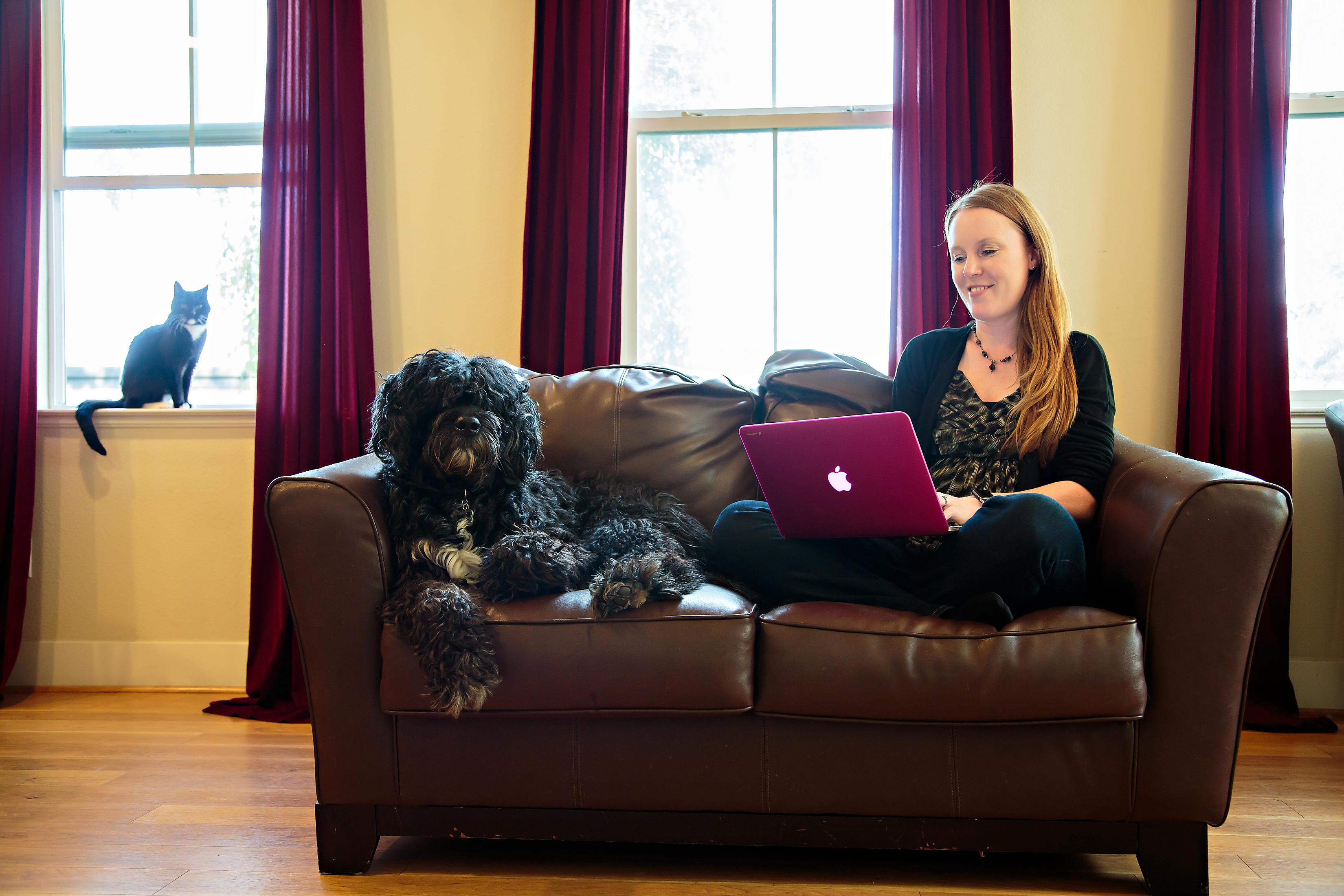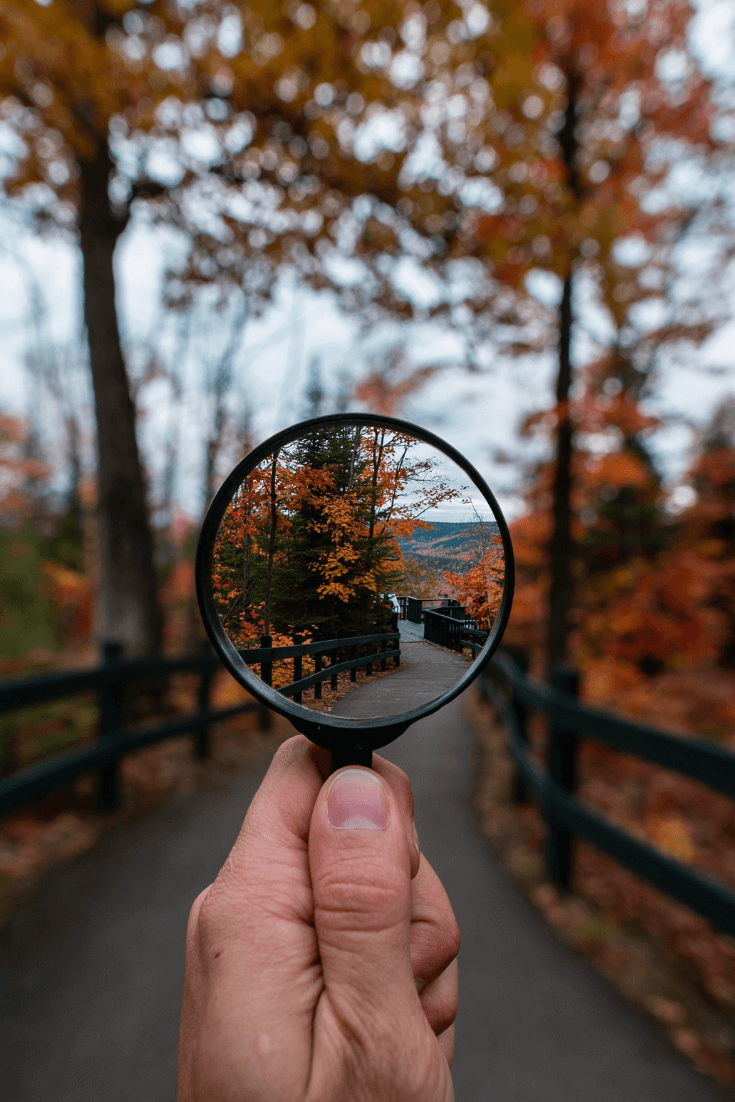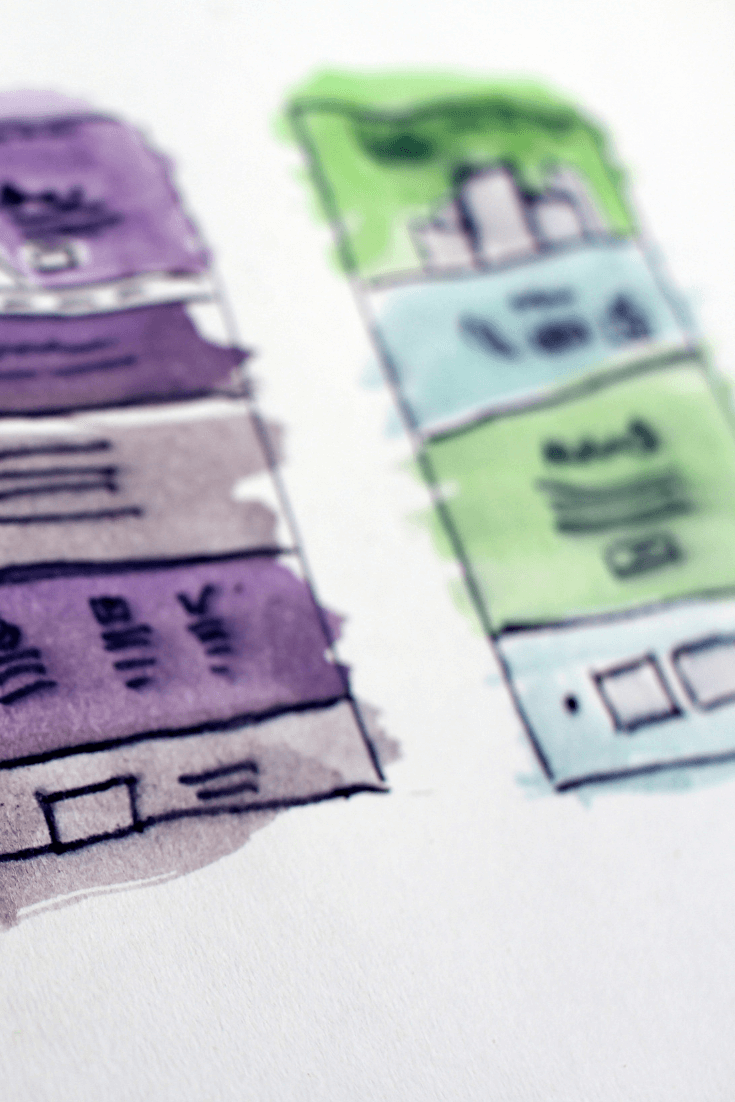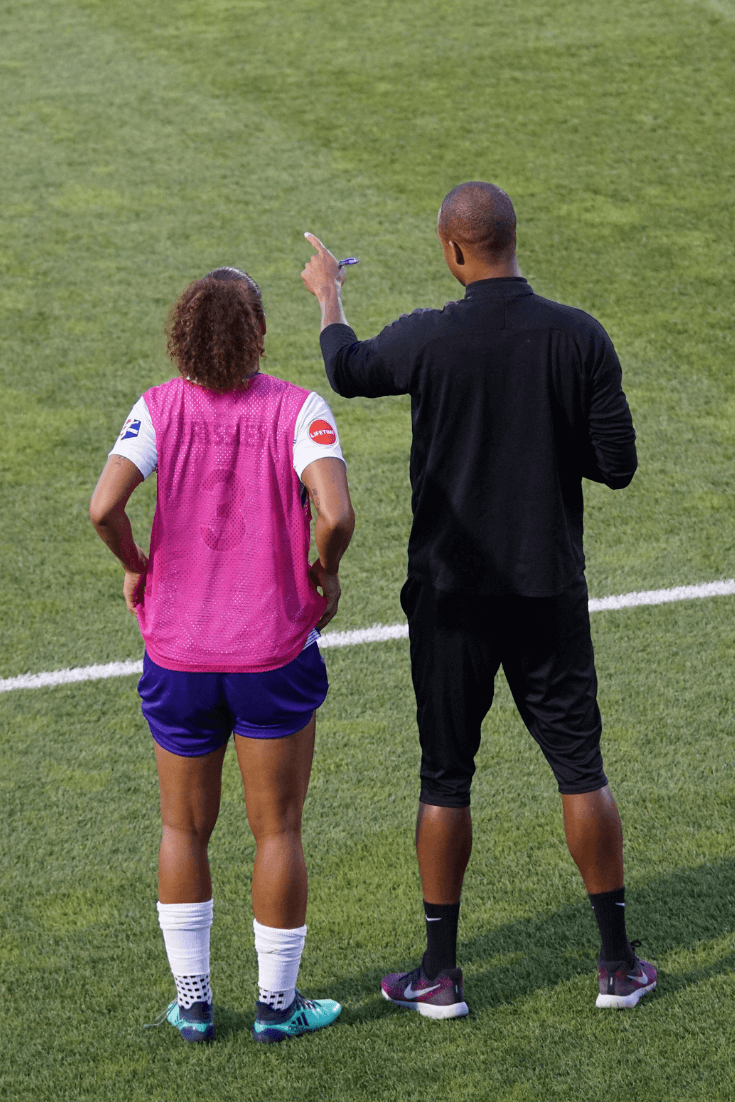Storyboard like a Reporter
Structure your thinking about a project with a reporter’s “w” questions and then use your discoveries to shape your storyboard.
Style
Architect
Skill
Structuring Ideas
Time
15 – 45 minutes
THE WORKSHOP:
Storyboard like a Reporter
When reporters gather the elements of a story, they look for the who, what, where, when, why, and how. As an Architect, you can play to your strengths by using these questions in both phases of the storyboarding process. When you’re storyboarding your overall plot arc, use these categories to guide your big-picture thinking to make sure you’ve covered your bases. When you’re dealing with the details of each scene and problem-solving, use the categories to focus your attention on what matters most.
When should you storyboard your manuscript? There are a number of times in the writing process where working with a storyboard can be useful.
After idea generation, storyboarding will help you structure energetic brainstorming into a solid plan for your story. For me, the right moment is after I’ve done some full-plot brainstorming, and after I’ve drafted at least two or three scenes.
When drafting, storyboarding is an excellent get-unstuck tool. You might play a game or two to shake up your ideas and then use a storyboard to help you plug your new ideas into the plot. If you’ve already created a storyboard, you can play around with the variables to see if a change here or there might unstick your stuck moment. If not, a storyboard will give you increased clarity.
When revising, storyboarding is a powerful shortcut to help you see the effect of changes. Rather than trying to hold your entire plot in your mind while you experiment with possibilities, swap elements into and out of your storyboard to see how each change will impact your plot. Using this simplified view, you’ll be able to problem-solve with greater perspective and speed.

Materials
How to Play
- Timer
- Paper
- Pencil
- Index Cards
- Posterboard, a White Board, or a Large Open Space (such as a wall, a tabletop, or the floor)
1. Set a timer for three minutes.
2. In that short time, summarize your story by answering the following questions. Make sure to use quick bullet points rather than long-form sentences.
- Who is your story about?
- What problem or opportunity shows up in the story?
- Where and when (in general) does the story take place?
- Why does this problem or opportunity matter to your character?
- How do they tackle it? How does the story resolve?
3. Once the time is up, it’s time to storyboard. Grab a stack of index cards. Decide how long you want to spend on the storyboard today. Save three-five minutes at the end of your work session to capture any thinking you haven’t captured on the board and don’t want to forget. Set your timer accordingly.
4. If this is your first draft of the storyboard, use your summary to spark ideas for the scenes you need. Put one scene on each card, using an interesting title.
5. If you’ve already created a storyboard for this project, compare your current summary to the cards on your board. Write new scenes on cards and add them to the board, pulling off cards that are no longer relevant.
6. When you reach problem spots, or gaps between one major scene and another, use your reporter questions to define scene possibilities.
- Who could be in the scene?
- What needs to happen?
- Where and when might the scene take place?
- Why would it be important to your character?
- How would your main character act? How would others in the scene act?
7. Depending on how much time you’ve allotted for this activity, you can spend time now experimenting with variables, or just capture the givens for a scene and plan to play with possibilities later when it’s time to draft that scene.
8. Wrap up your storyboarding session by writing yourself a quick set of notes about any outstanding issues.
- Who needs additional scenes or growth in the story?
- What scenes need to be developed more strongly, reconsidered, or added?
- Is there any room to experiment with your where and when in particular areas of your story?
- Is the why ever unclear? What motivations should you spend more time thinking about?
- How strong are the actions of your key characters? Are there areas where you’d like to take a second look?
Don’t forget! If you can’t store your storyboard as is, number your cards (in pencil) so it will be easy to lay them out in this same order again.
Try On Other Creative Styles
Storyboard Like a Detective
FOR INVENTORS
Define the scenario, collect clues, and ultimately, resolve your questions. Capture your thinking on your storyboard.
Storyboard Like an Animator
FOR COLLABORATORS
Use the Hero’s Journey to structure your storyboard discussion with a collaborator.
Storyboard Like a Coach
FOR SPECIAL AGENTS
Run a few quick scenarios for your idea and then choose a game plan for your storyboard.





